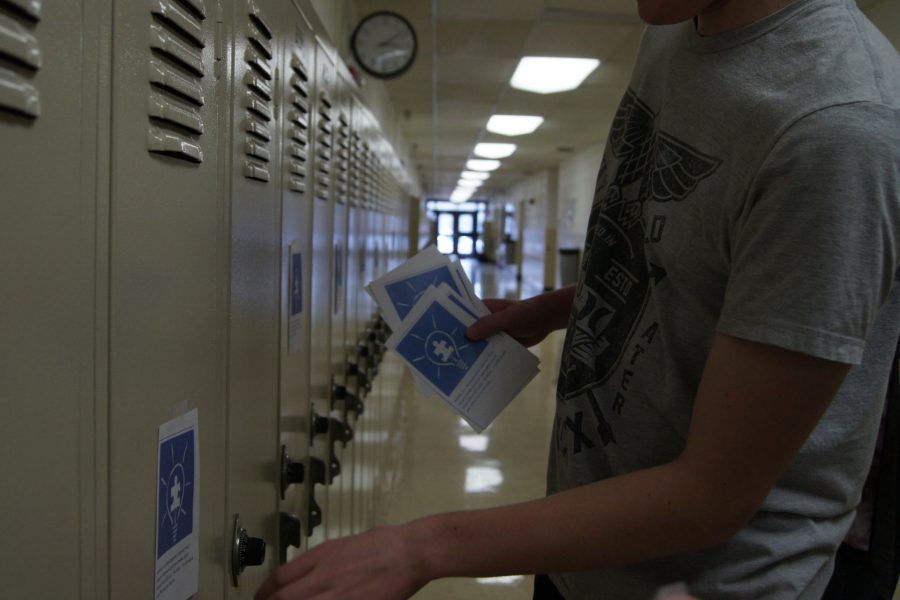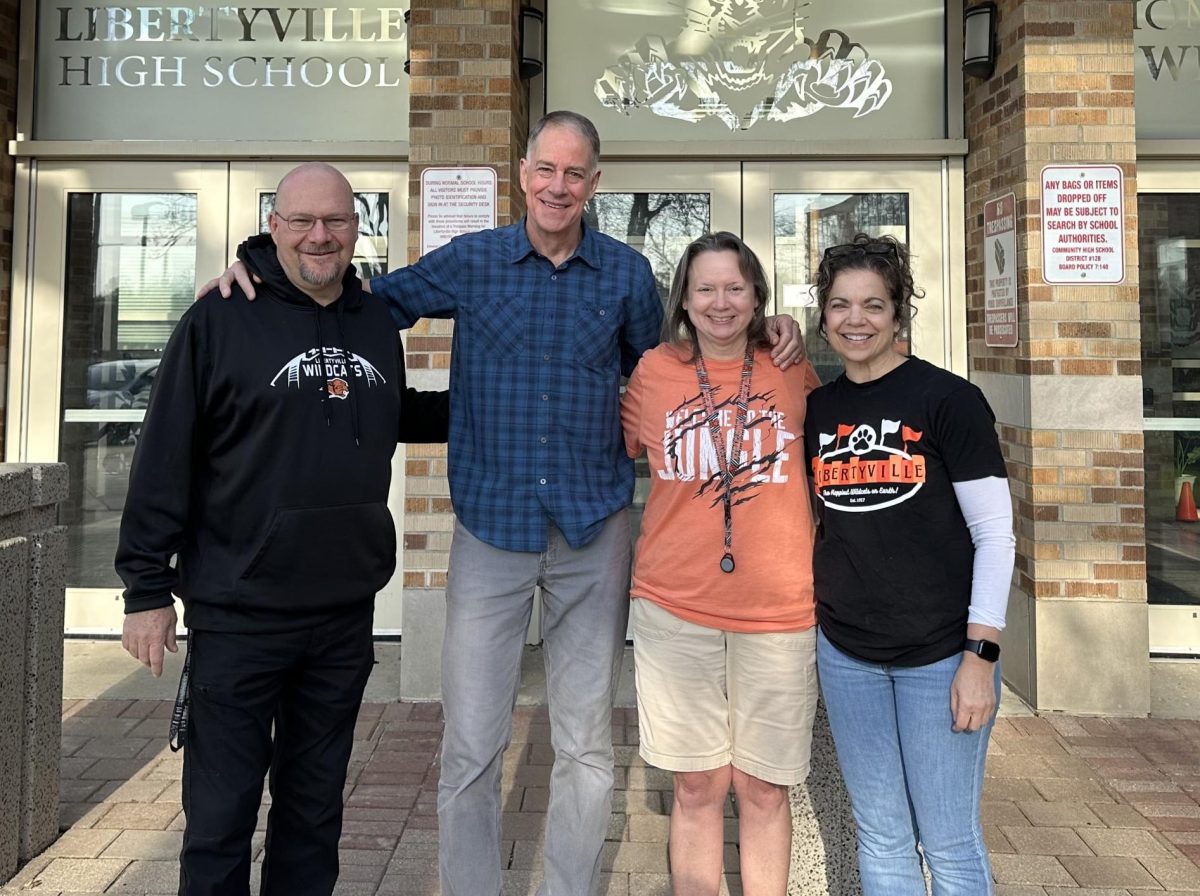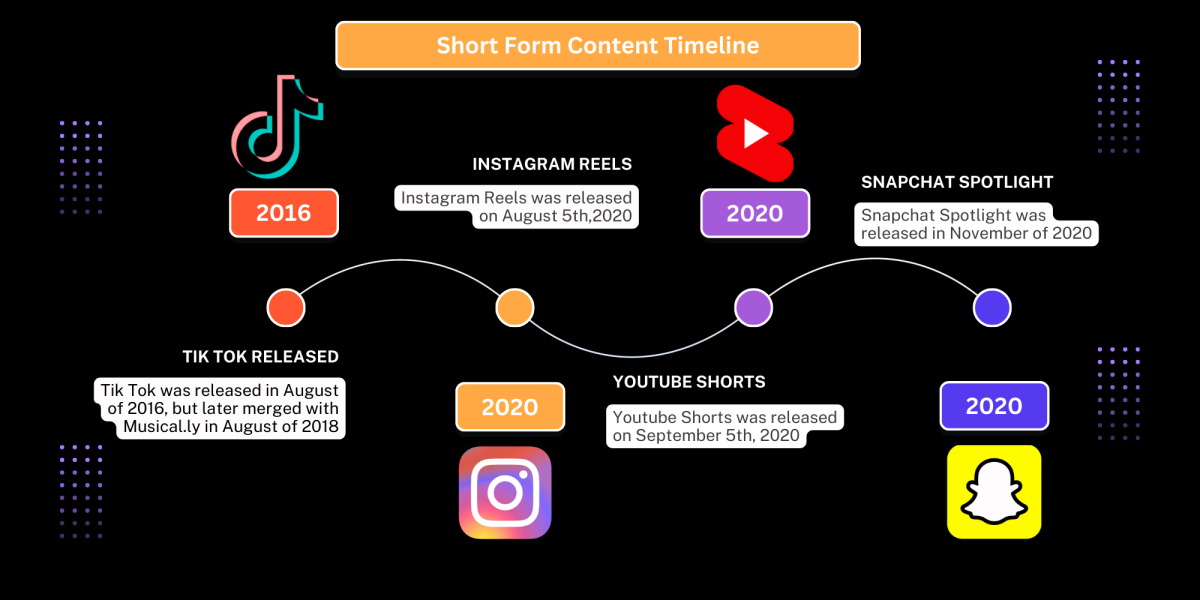With tens of thousands facing an autism diagnosis each year and April being National Autism Awareness Month, Drops of Ink felt it was important to conquer the myths versus facts regarding autism in the hopes of promoting awareness and acceptance.
According to the National Institute of Neurological Disorders, “Autism spectrum disorder (ASD) refers to a group of complex neurodevelopment disorders characterized by repetitive and characteristic patterns of behavior and difficulties with social communication and interaction. The symptoms are present from early childhood and affect daily functioning.”
Since there is no one characteristic that defines autism, it is considered a spectrum disorder, covering a wide range of symptoms, skills, and levels of disability in functioning. Some people with autism are fully capable of performing all daily activities, while others are more profound and require substantial support.
LHS Special Education Teachers (SPED) Amy O’Neill and Amanda Wine explained that there are a wide range of disabilities within autism itself, which can impact a person socially, educationally, and/or functioning depending on the spectrum. Due to such varying degrees, persons with autism are not all the same. Sometimes students may be so severe that they may need to go to a special school while others go unidentified. The spectrum is leveled according to the severity, such as a level one being of a lesser degree than a level two of the disorder. All of which, determines the amount and type of service a student would need.
Wine explained, “Many students need assistance with setting up a routine in which they need to follow in order to be successful. The SPED teachers prepare the student for transitions throughout their day because sometimes students have difficulty with changing from one task to another, such as doing a worksheet to watching a video.”
LHS offers several different programs for students with autism depending on their need. Both O’Neill and Wine stated that many LHS students receive SPED services for expected versus unexpected behavior, how to handle executive functioning issues and social skills along with support for academics. Most students have a case manager to help them work through challenges in the academic setting, but there are also such groups as Best Buddies and Bridge Group, which help by working on social skills and social opportunities for students. In addition to the special education teachers, persons with autism work with the social worker along with the speech pathologist to work on pragmatic language and the understanding of social cues, which may be innate to those without autism, but often need be taught to spectrum students.
According to Wine, the biggest problem within our LHS community regarding autism is the way the student body reacts to a person with autism. “I just think a lot of times people are quick to judge people who may be socially awkward or have difficulties communicating or might not work well in group settings in classes, but I think it is important for people to remember sometimes there can be more going on. Sometimes it can be autism. Just think and respect that people have challenges in all sorts of areas including social and communication needs. I have had students that have made an amazing amount of growth, which is so awesome to see.”
District 128, as a whole, offers a wide range of special education programs. According to Karen Morgan, Supervisor of SPED, “We have a continuum of basic skills course. If a student is able to maintain in that level of curriculum then they stay at LHS. Vernon Hills High School has a program specifically designed for students with autism. Sometimes that program may be a better fit if they are severely on the spectrum. It really is quite a continuum.”
Morgan noted that LHS currently has students with autism in everything from AP classes to instructional programs. “The interesting thing about autism is their academic ability. They can have average or high average or superior academic ability, but still can’t perform in a general education class because they get lost. They get lost in opening up a notebook and their chrome book and listening to the teacher’s directions. They have to do things more step by step. If the ability is there, we often put a 1:1 or a teacher’s assistant in those classes so they can help set the students up, make them comfortable, help them with whatever those needs are so they can get the level of curriculum that they can handle.”
Autism occurs in every race and ethnic group, and across all socioeconomic levels. However, boys are significantly more likely to develop autism than girls. The latest analysis from the Centers for Disease Control and Prevention estimates that 1 in 68 children have autism. With this statistic in mind, O’Neill feels it is important to know how to address the subject, “There is a big push to say a ‘person with autism’ instead of an ‘autistic person’ when speaking of autism.”
Senior Jessica Cartwright knows first hand what it feels like to have autism. Diagnosed with Asperger’s Syndrome, a high functioning form of autism, Cartwright relates autism to being like the character Sheldon on The Big Bang Theory. As Cartwright explained, “Sheldon basically has Aspergers. He is my spirit animal. When he does something, I just get it.”
According to Cartwright, “Sometimes people with Aspergers are really smart, but sometimes they appear dumb. Whatever we are passionate about, we are very smart in. Such as the case of Sheldon with science and me with animals. I am passionate about animals and everything else, I just don’t get. I watch documentaries, read things, and trick myself into learning through the depths of Youtube. I am interested to the point, that I don’t really mean to be. It is like you cannot control it.”
Although Asperger’s Disorder is considered by many professionals as a less severe form of autism, a common thread that runs through autism is significant trouble with social situations. As Cartwright concurs, it is common for a person with autism to not respond to social questions and/or cues. This inability can be seen through the lack of eye contact or inability to read social cues. Autistic individuals have a difficult time reading others’ body language, start or maintain a conversations, and take turns talking.
“If people don’t know I have autism they treat me like I’m rude and awkward. For instance, if someone asks me how I am, I answer, but never ask them about themselves. Then they give me a look. When they know I am autistic, some people are understanding. It really depends on what they know about it. If they rely on what society believes then they don’t treat me well, but if they are educated it’s pretty good.” Cartwright stated.
Cartwright’s rationale for the lack of eye contact has to do with how an autistic person feels. As she describes, “I usually do not speak unless spoken to. Eye contact is a big thing. I don’t give much eye contact. I feel it’s like I’m giving them access to my sole with eye contact. I was called out for not giving eye contact. It’s usually seen as rude. We are not trying to be rude, we’re just uncomfortable.”
Although many have a good social understanding of what of what autism is, Supervisor Morgan believes that awareness is the key to autism acceptance. “I feel as though there is a good social understand in general of what autism is, but I don’t think that often times people realize how common it is or what it exactly affects within the students. It is important to teach the school so the ring of spreading knowledge and awareness is important. Students with autism are great to work with and have a lot to offer. If you find the right formula for supporting them then they thrive just like any other student.”
No one knows this better than Madelyn Herberger, a sophomore with autism. Herberger explains autism as being unique to each individual. Just as everyone has their own attributes, so do persons with autism. “I would describe myself as quiet, but once people get to know me, I am very outgoing and artistic! I also love languages, Youtube, and anime.” Herberger feels that people often treat her the same as any other “normal” person, but frequently does run across individuals who treat her differently, “I think it’s just because they don’t understand that I have autism and that it can affect how I think and get around.”
Herberger would like people to know that autism is a prevalent disorder, yet those with the disorder are still people. “I would like LHS to know that autism is more common than people think. I would also like them to know that autism comes in many different forms, and that everybody should be treated the same, even if they have autism.”








